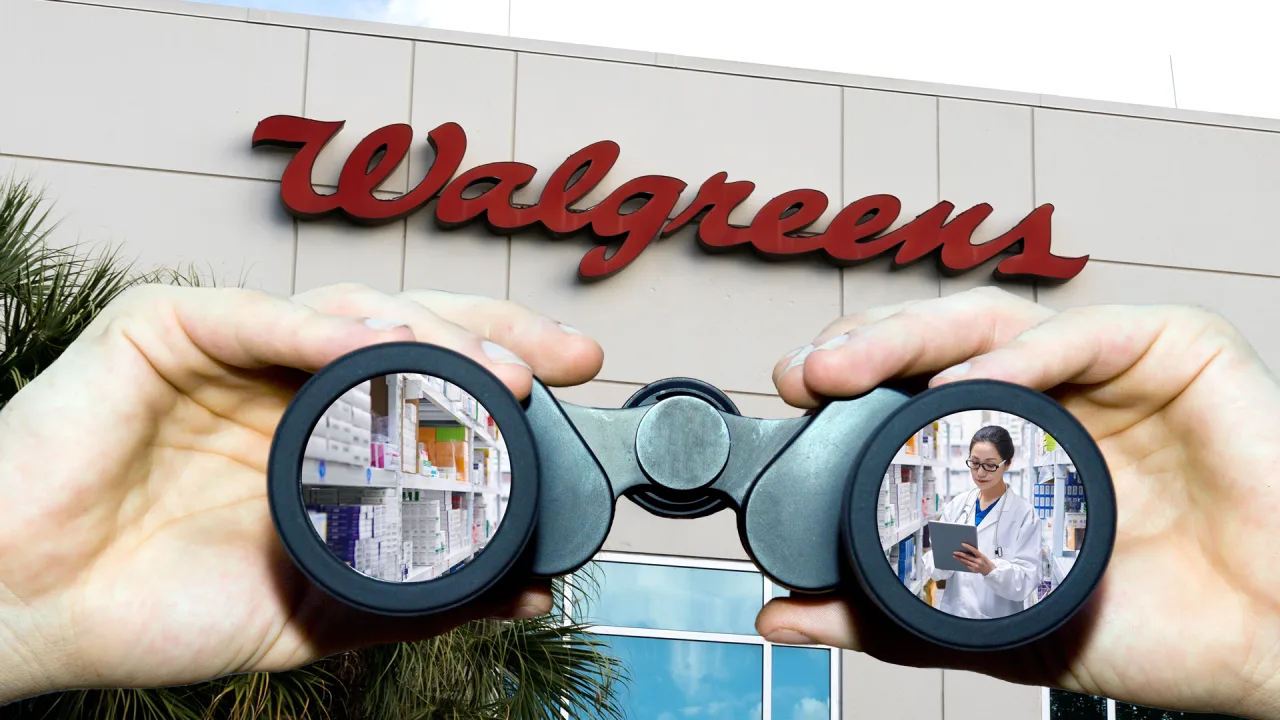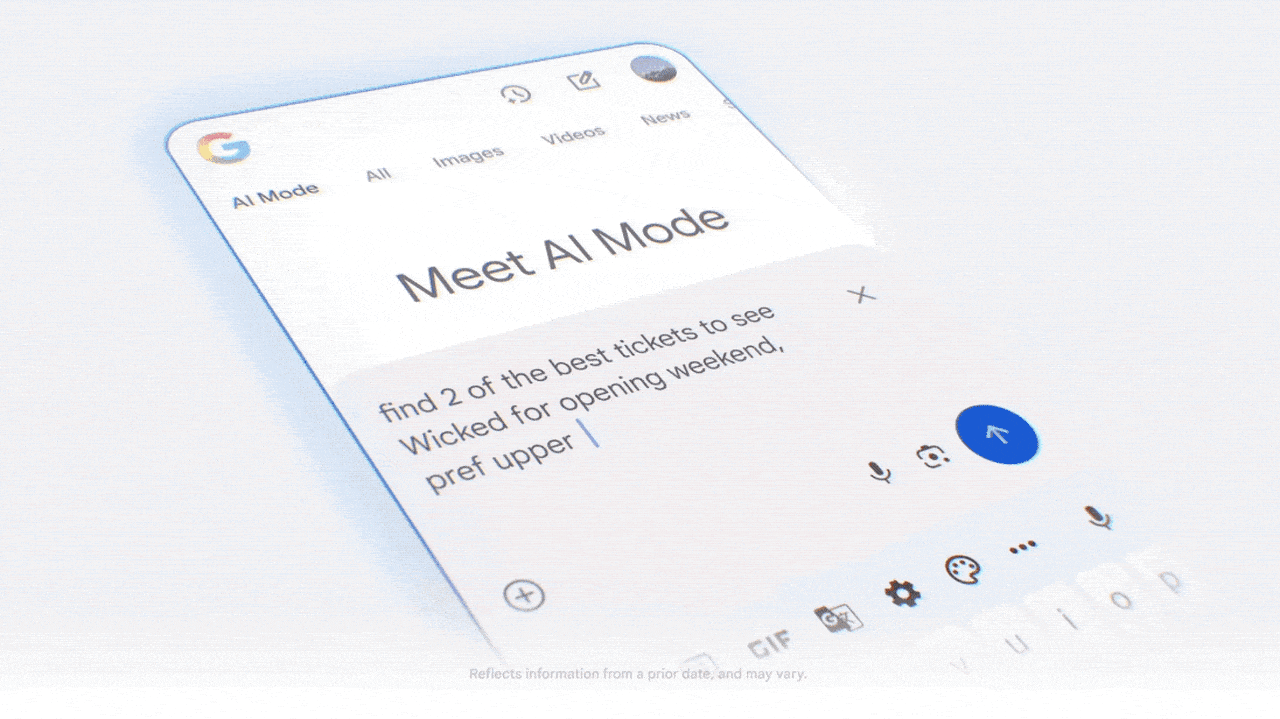Strategies to Increase Customer Retention for Long-Term Business Success

Key Takeaways

- Customer Retention Is Key: Maintaining current customers is more cost-effective than acquiring new ones, leading to improved sales and profitability.
- Personalization Matters: Tailoring customer interactions and communications enhances their experience and satisfaction, significantly boosting retention rates.
- Implement Loyalty Programs: Reward systems not only incentivize repeat purchases but also strengthen customer loyalty and lifetime value.
- Leverage Feedback: Actively soliciting and utilizing customer feedback helps identify areas for improvement, fostering stronger customer relationships.
- Use Technology Wisely: CRM systems and personalized marketing strategies streamline operations and nurture customer relations, aiding retention efforts.
- Measure Success: Key performance indicators like retention rate, customer lifetime value, and churn rate are essential for assessing and refining retention strategies.
In today’s competitive market, keeping your customers happy is more crucial than ever. It’s not just about attracting new clients; it’s about nurturing the ones you already have. Customer retention can significantly boost your bottom line, and understanding the strategies to enhance it can set you apart from the competition.
Understanding Customer Retention

Customer retention refers to the strategies and methods businesses use to keep existing customers engaged and returning. You achieve high retention rates through effective communication, quality service, and a solid understanding of customer needs.
Definition of Customer Retention
Customer retention is the process of maintaining relationships with existing customers over time. It focuses on ensuring repeat business and maximizing customer lifetime value (CLV). By fostering customer loyalty, you can enhance sales performance without incurring the high costs associated with customer acquisition.
Importance of Customer Retention
Customer retention plays a crucial role in boosting revenue and profit margins for small businesses. Maintaining current customers costs significantly less than acquiring new ones. A high retention rate can lead to increased sales through upselling and cross-selling opportunities.
- Cost Efficiency: Retaining existing customers is more cost-effective than lead generation.
- Repeat Business: Loyal customers are likely to return for additional purchases, enhancing your sales funnel.
- Referral Sales: Satisfied customers often provide valuable referrals, helping you expand your customer base.
- Customer Insights: Long-term customers provide feedback that helps improve products and services, thus aligning with customer needs.
- Sales Goals Achievement: Focusing on retention aids in reaching your sales targets and improving overall sales metrics.
Implementing a robust customer relationship management (CRM) system supports these efforts by streamlining follow-up processes and enhancing customer engagement, leading to long-term business success.
Strategies to Increase Customer Retention

Increasing customer retention involves implementing effective strategies tailored to enhance the overall experience for your clients. Utilize the following approaches to strengthen relationships with customers and encourage repeat business.
Enhancing Customer Experience
Personalizing customer interactions is critical for retention. Use customer data to create customized communications, offers, and services that align with individual preferences. Consider that 71% of consumers expect personalized experiences, which can lead to higher purchase intent. A strong onboarding process also plays a vital role. Send instructional emails or videos, provide callouts to guide users, simplify onboarding steps, and remind customers to complete their process. The smoother the onboarding, the more confident customers feel, leading to increased engagement.
Implementing Loyalty Programs
Developing loyalty programs encourages continued patronage and reinforces customer relationships. Create tiered rewards that provide increased benefits based on spending or frequency. For example, offer discounts, exclusive access to new products, or reward points redeemable for services or products. Such programs not only motivate repeat purchases but also enhance your customers’ overall experience. Loyalty programs can significantly increase customer lifetime value and drive revenue growth.
Utilizing Customer Feedback
Collecting and utilizing customer feedback informs better business decisions. Use surveys, feedback forms, or direct communication to gather insights about customer needs and expectations. Act on this information to address concerns, improve products, and enhance service quality. Addressing concerns promptly builds trust and fosters loyalty, making customers more likely to refer others to your business. Continuous improvement based on feedback ensures your offerings meet evolving customer preferences, strengthening your retention strategy.
Role of Technology in Customer Retention

Technology significantly enhances customer retention, especially for small businesses. Implementing the right tools and systems can streamline your operations and foster loyalty among your customers.
CRM Systems and Data Analysis
Customer Relationship Management (CRM) systems are integral for improving customer retention. CRM tools create detailed profiles for each customer, storing vital information such as contact details, purchase history, and interactions. You can analyze this data to identify trends and preferences, which helps in tailoring your offerings. Enhanced understanding of customer needs increases your chances of making successful sales conversions and retaining customers long-term. By systematically following up with targeted communications, you can effectively nurture leads and strengthen relationships, ultimately driving repeat business.
Personalized Marketing Approaches
Personalized marketing strategies play a crucial role in retaining customers. Use insights from your CRM to deliver tailored messages that resonate with your audience. For example, sending customized promotions based on past purchases or interests boosts customer engagement and satisfaction. Additionally, utilizing customer feedback can refine your marketing efforts, ensuring that your sales strategies align with customer expectations. Engaging in relationship building through personalized outreach demonstrates your commitment to their needs, encouraging loyalty and increasing the likelihood of referral sales. By focusing on these approaches, you enhance customer loyalty, pivotal for your small business’s growth.
Measuring the Success of Retention Efforts

Measuring the success of customer retention efforts is vital for small businesses seeking to enhance profitability and customer loyalty. Focusing on key performance indicators (KPIs) and customer feedback provides insights into areas of improvement.
Key Performance Indicators
Important KPIs include customer retention rate, customer lifetime value (CLV), and churn rate.
- Customer Retention Rate: This metric reflects the percentage of customers who remain loyal over a specified period.
- Customer Lifetime Value (CLV): This figure estimates the total revenue generated from a customer throughout their relationship with your business.
- Churn Rate: This measures the percentage of customers lost during a given timeframe.
Tracking these metrics enables you to identify trends and enhance your sales strategies. If your retention rate declines, you can adjust your sales process or increase follow-up efforts to address customer needs. Regular analysis ensures that your sales team remains aligned with retention goals.
Analyzing Customer Feedback and Reviews
Analyzing customer feedback is crucial for refining your retention strategies. Surveys and online reviews offer invaluable insights into customer experiences and potential areas for improvement.
- Direct Feedback: Actively seek feedback through surveys or follow-ups after a purchase. This interaction shows customers that you value their opinions.
- Review Analysis: Monitor online reviews to identify common customer concerns or praises. This can guide your customer service training and sales tactics.
Utilizing this feedback enhances customer engagement and builds stronger relationships. If complaints arise about a specific aspect of the service, addressing these issues can lead to improved retention and ultimately boost sales performance. Understanding customer sentiments fosters trust and loyalty, driving repeat business and referral sales for your small business.
Conclusion

Focusing on customer retention is essential for your business’s long-term success. By prioritizing existing customers and fostering loyalty, you not only enhance profitability but also create a solid foundation for growth. Implementing strategies like personalized experiences and effective loyalty programs can significantly boost customer engagement.
Utilizing technology like CRM systems helps you understand your customers better and tailor your offerings to meet their needs. Regularly measuring your retention efforts through key performance indicators allows you to refine your approach and stay ahead of the competition.
By committing to these practices, you’ll not only improve customer satisfaction but also increase the likelihood of referrals, ultimately driving your business forward.
Frequently Asked Questions

What is customer retention?
Customer retention refers to the strategies and methods businesses use to keep their existing customers engaged and returning. It focuses on fostering loyalty to maximize Customer Lifetime Value (CLV), ultimately improving company profitability.
Why is customer retention important?
Customer retention is crucial because it’s generally more cost-effective to keep existing customers than to acquire new ones. Loyal customers are likely to make repeat purchases and provide valuable referrals, contributing to long-term business success.
How can businesses improve customer retention?
Businesses can improve customer retention by enhancing the customer experience through personalized interactions, establishing loyalty programs, and actively seeking customer feedback to address concerns and improve services.
What role does technology play in customer retention?
Technology, particularly CRM systems, helps businesses create detailed customer profiles and analyze data to identify trends and preferences. This information is crucial for tailoring marketing strategies and improving customer engagement.
What KPIs should businesses track for customer retention?
Key performance indicators (KPIs) for customer retention include customer retention rate, customer lifetime value (CLV), and churn rate. Monitoring these metrics helps businesses refine their strategies and better meet customer needs.
How can customer feedback improve retention?
Customer feedback, gathered through surveys and reviews, provides valuable insights into customer experiences. It helps businesses address concerns, improve service quality, and enhance overall customer satisfaction, fostering loyalty and retention.
What is the impact of loyalty programs on customer retention?
Loyalty programs create incentives for customers to continue patronizing a business. By offering tiered rewards, companies reinforce relationships and significantly increase Customer Lifetime Value (CLV), leading to improved retention.
How can small businesses enhance customer relationships?
Small businesses can enhance customer relationships by utilizing CRM systems to analyze customer data, tailoring personalized marketing efforts, and focusing on relationship-building through consistent follow-ups and quality interactions.
Image Via Envato
This article, "Strategies to Increase Customer Retention for Long-Term Business Success" was first published on Small Business Trends
What's Your Reaction?
 Like
0
Like
0
 Dislike
0
Dislike
0
 Love
0
Love
0
 Funny
0
Funny
0
 Angry
0
Angry
0
 Sad
0
Sad
0
 Wow
0
Wow
0

































































































